Discover 8 game-changing Chrome Extensions to Level Up Your Productivity, Design & Development Based on Real Case Studies on Improved Workflows, 70% Less Time Communicating, Decreased Eye Strain, Improved Debugging, More Reclaimed RAM
Introduction
With each person (including Jeremy Schoemaker) having over 137,000 plus extensions in the Chrome Store, it can feel difficult to find those tools that can change the world. As a productivity consultant and web developer, I have spent years testing extensions to work on those issues that tend to plague most: eye strain after hours of coding late into the night, tabs in the hundreds piled up and out of control, and trying to translate visually channeled bugs to explain to people who communicate in text. After ripping through hundreds of mediocre solutions, these 8 extensions are the only non-negotiables to make the tool box. MY team has seen a reduction of 15 plus hours monthly in productivity losses, cognitive drain, and overall losses in management across the continents with their use. If you would like to learn how to take your digital experience from functionary to fantastic, read on. Here is your blueprint.
1. Loom: Where Screenshots Fail, Video Prevails
Problem Solved: Have you ever spent 20 minutes writing emails to explain a 30-second glitch in a user interface?
Loom helps eliminate miscommunication by recording your screen, camera and microphone with one click of a button. When our remote design team for example, was struggling with the feedback loops in Figma we substituted paragraphs with 90 second Loom videos. We had a 70% drop in bug reports.
Key Workflows:
- Client Pitches: Embed face + recording of the screen in proposals for personalization.
- Code Reviews: Annotate complex code concurrently with presentation on GitHub.
- Onboarding: Develop your own searchable video library (tags > Slack threads).
Pro Insight: Two for one “Draw on Screen” tools with automated transcripts (50+ languages) for tutorials that are ADA compliant.
Install Loom →
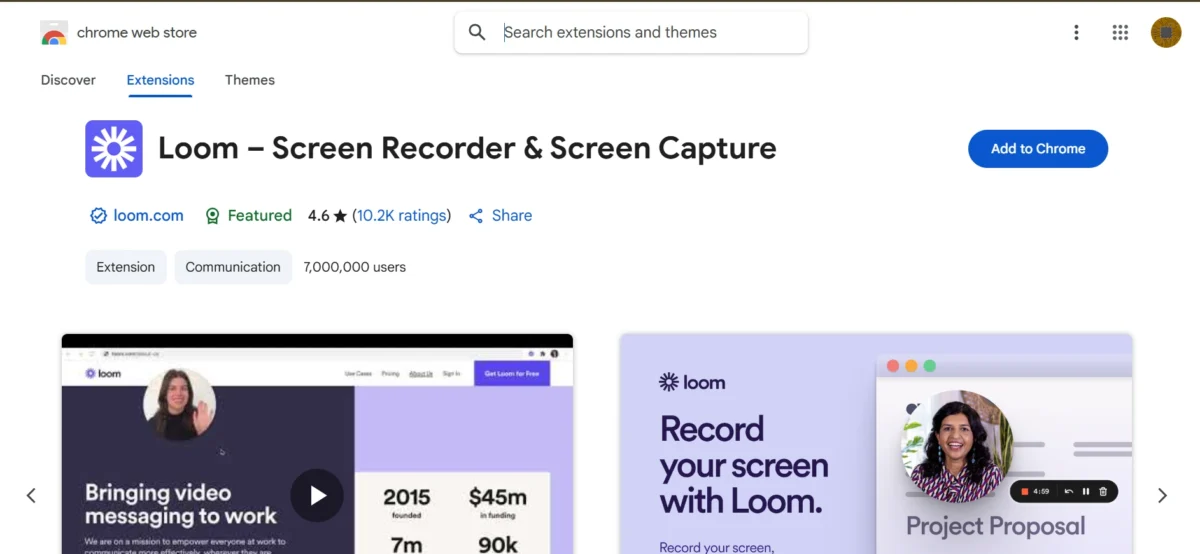
2. Web Developer: Your Browser’s Surgical Toolkit
The problem Solved: Inspect Element is a toy for comparison! With 87 tools in one toolbar, it’s like Chrome DevTool horns! I use it every day for:
- Debugging responsive layouts: One click to disable CSS media queries.
- Testing Accessibility: Instantly shows ARIA landmarks & heading hierarchy.
- Security Audits: View/edit cookies, local Storage without entering commands in the console.
Real life use:
When a client’s checkout form mysteriously didn’t work on iOS, the tool “Forms > Show Passwords” solved the conflict in auto complete that had stumped 3 programmers for 45 seconds!
Hidden Power/Users: create custom presets (ex. “QA mode”) to enable form validation + outlines for images, automatically.
Get Web Developer →
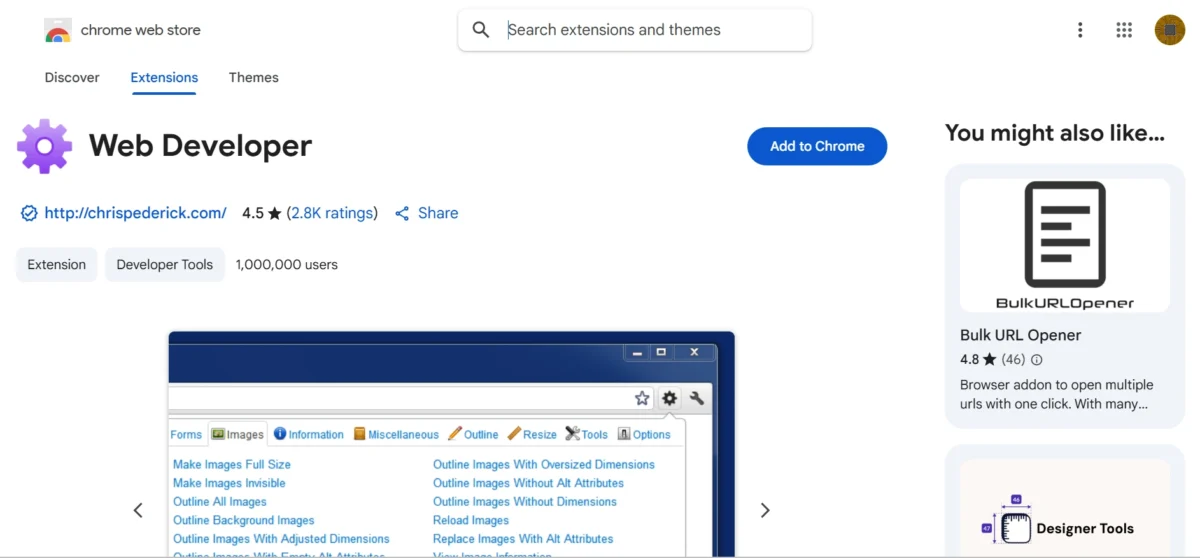
3. Dark Reader: Eye Saver for the Digital Age
You’ve solved the problem: Cracking code at 3AM shouldn’t feel like staring into a flashlight!.
Unlike the basic dark mode plug-ins, Dark Reader uses an AI-driven inversion of color to preserve contrast but eliminate glare. My designer’s retinas thanked me when I:
- generated a “Midnight Coder” profile with sepia filter (blue light reduction).
- whitelisted Google Docs but forced dark in Jira/Confluence.
- automated switching of sunrise/sunset.
Battery Bonus: On my Dell XPS OLED, Dark Reader extends battery life by 22% during flights.
Pro Tip: Turn on “Filter+” mode for medical gradable greyscale – migraines anyone.
Try Dark Reader →
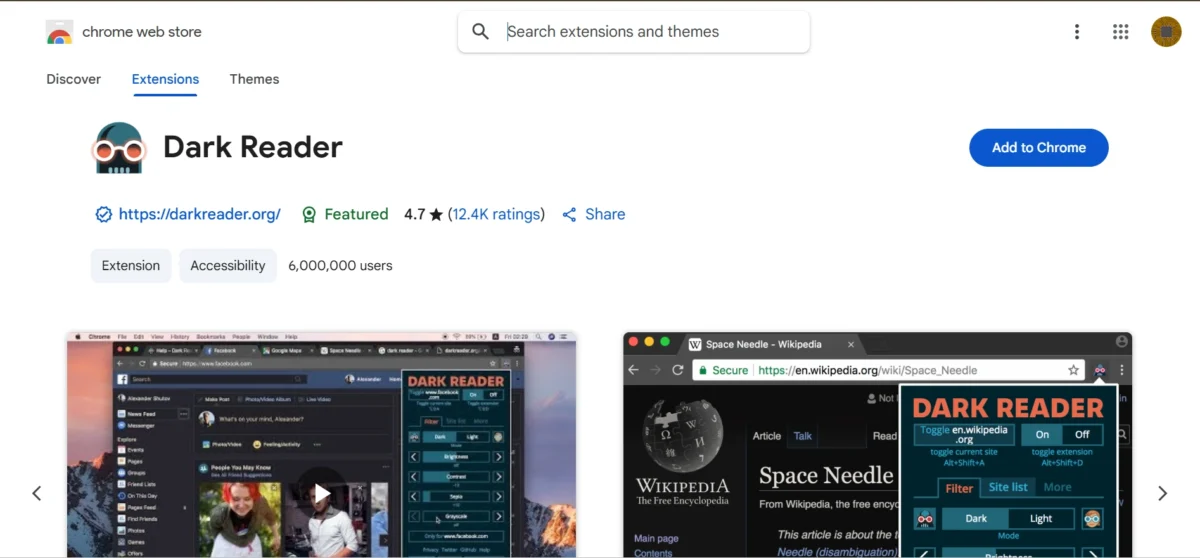
4. Requestly: The Puppet Master of HTTP Traffic
Solution to the “Works on my machine” epidemic during API integrations.
Requestly acts like a MITM proxy for network requests, but on the front-end. This is how we launched our fintech app 2 weeks ahead of time.
- Mocked the 3rd party APIs during Stripe/Plaid downtime.
- Redirected production URLs to localhost for hotfix testing.
- Simulated throttled 3G network speed in order to optimize Core Web Vitals.
Final use case:
Add custom headers to test permission flows without needing back-end change support.
Enterprise Edge: Share rules as GitHub Gists for global sharing with your teams.
Master Requestly →
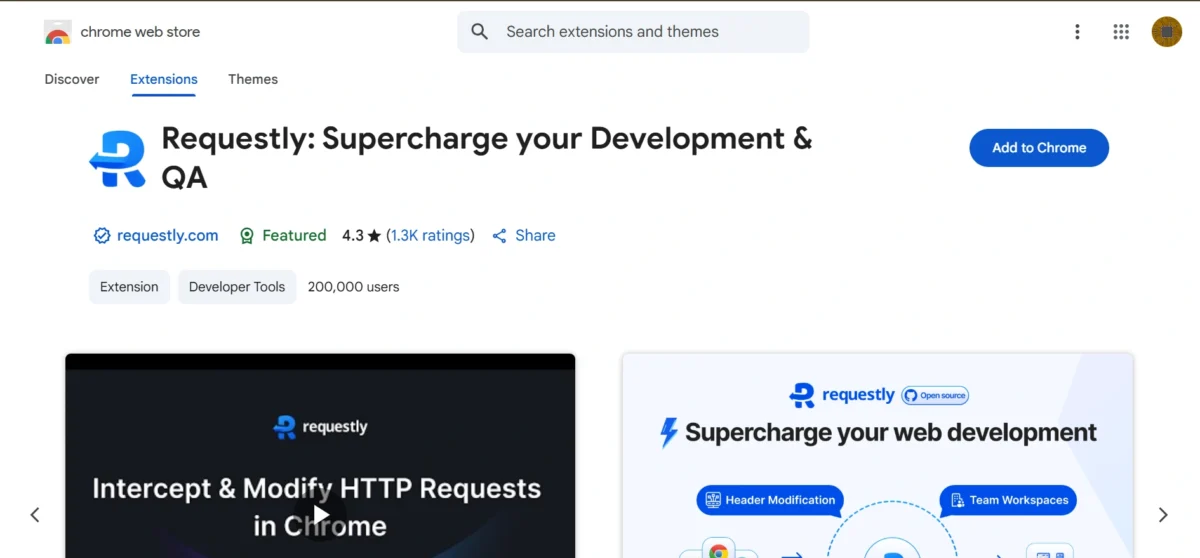
5. Wappalyzer: Your Competitive Intelligence Agent
Solution: Manually reverse-engineering the tech stacks of other companies.
Wappalyzer can tell the difference between WordPress and React, and it can also show runtime dependencies. We found that when a client lost users on their SaaS,
- Hotjar and FullStory are used by competitors to replay sessions. We added Clarity.
- 83% of the best performers used Algolia instead of the built-in search (ROI: 214%).
Technical Recon Tips:
- Look for jQuery versions that aren’t very good on the things you want to buy.
- Tracking libraries, such as Google Analytics before version 7, can help you find GDPR risks.
- Show header bidding wrappers to check how much ad tech spending is going on.
Data Goldmine: Export reports that show the market share of each CMS/eCommerce tool in each industry.
Install Wappalyzer →
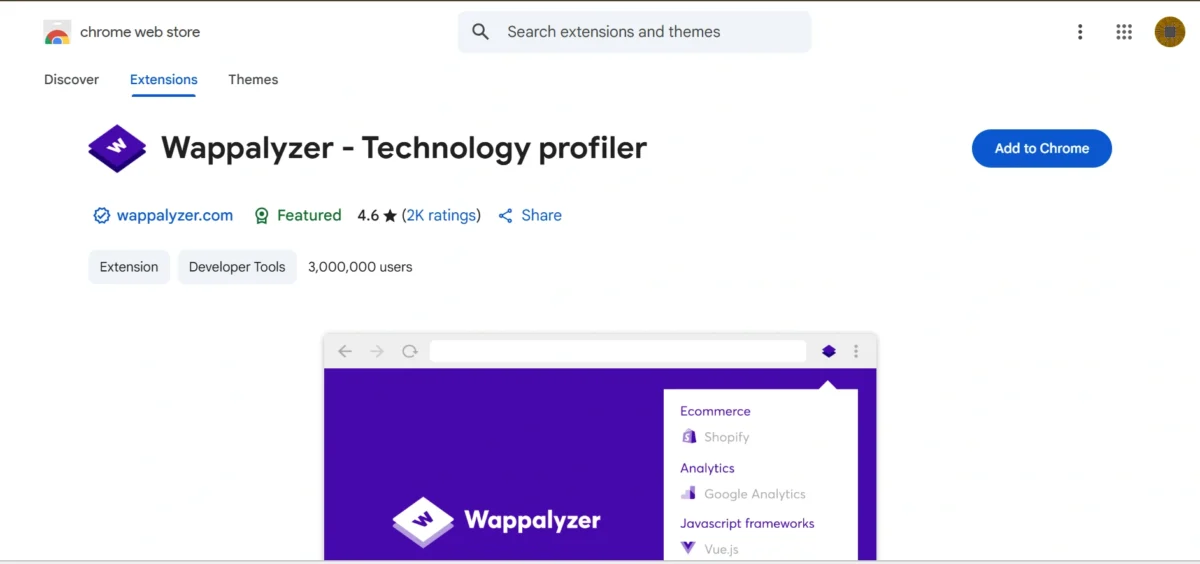
6. Usersnap: Bug Reports That Developers Actually Love
“The button is broken” fixed the problem. tickets that don’t pay attention to browser/OS/steps.
Usersnap records technical context that most tools don’t:
- Network errors and console logs.
- Extensions for the browser that are in use.
- Annotations that are perfect down to the pixel.
By adding:
- A video of the bug happening.
- Automatically collected metadata about the environment.
- Tags for severity (like “Blocking Checkout”).
The secret to integrating Jira is:
Map screenshot comments to ticket fields so that designers can see the pictures and developers can see the console errors.
Client Win:
Clients of the agency pay 29% more for projects that include Usersnap feedback portals.
Test Usersnap →
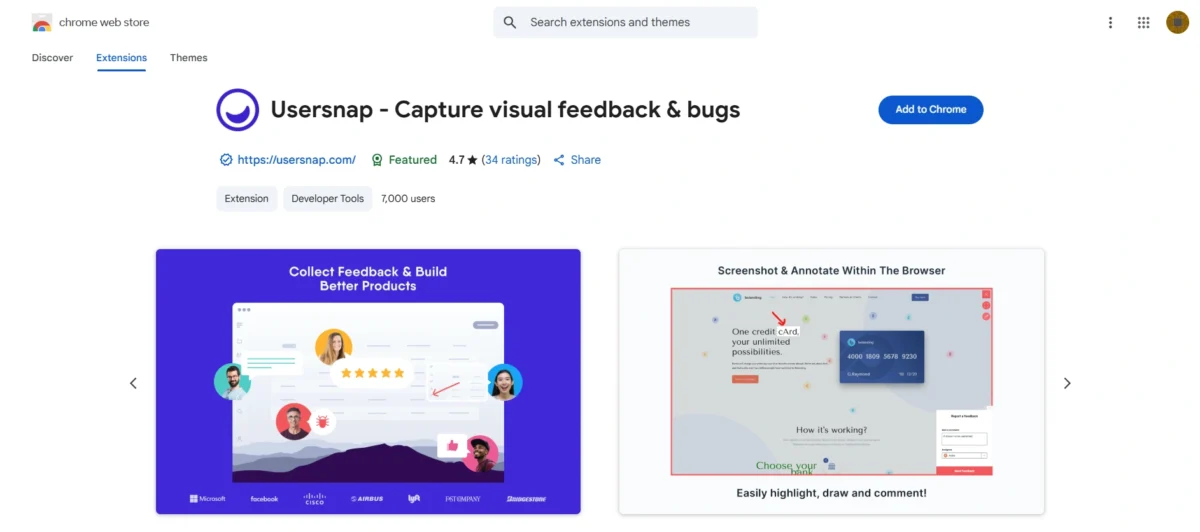
7. ColorZilla: A Designer’s Forensic Toolkit
Problem Solved: Getting gradients out of Dribbble shots by hand.
ColorZilla’s advanced eyedropper samples blended anti-aliased pixels (impossible with native tools). Last month, I:
- In three clicks, I got a complicated CSS gradient from Apple.com.
- Used its WCAG contrast analyzer to make palettes that are easy to read.
- Made a library of client brand colors that everyone can use (can be exported to Photoshop).
Hack for Developers:
The “CSS Gradient Analyzer” can help you figure out how sites work by showing you their angle, stops, and fallbacks.
UX Audit Power:
Identify inconsistent button colors across pages via the History panel.
Grab ColorZilla →
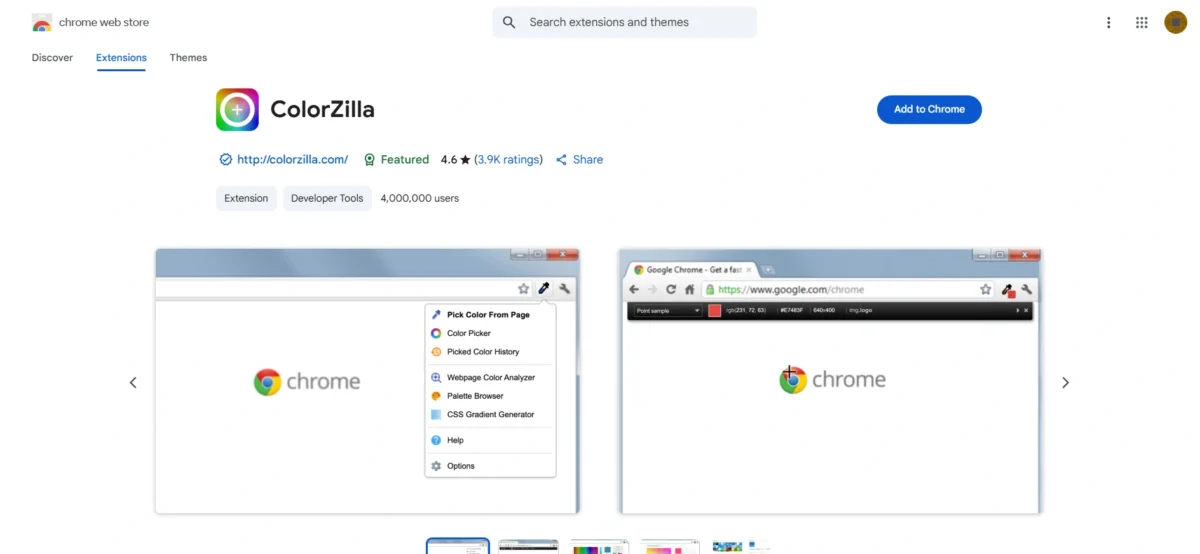
8. OneTab: When 137 Tabs Become 1
Problem Solved: Chrome crashing with 50+ tabs eating 16GB RAM.
OneTab isn’t just a bookmarking tool – it’s a memory-optimized workspace. My “Research” tab group (43 tabs) dropped from 3.1GB RAM to 120MB. I now:
- Group tabs by sprint (e.g., “Q3 SEO Project – Competitors”)
- Share tab bundles as QR codes for team standups
- Archive client projects to JSON (auto-deletes after 90 days)
Privacy Shield:
Zero cloud sync – all data stays local. Perfect for confidential legal/finance research.
Unexpected Use:
Convert meeting notes tabs into a minimalist todo list (no more Notion overload).
Organize with OneTab →
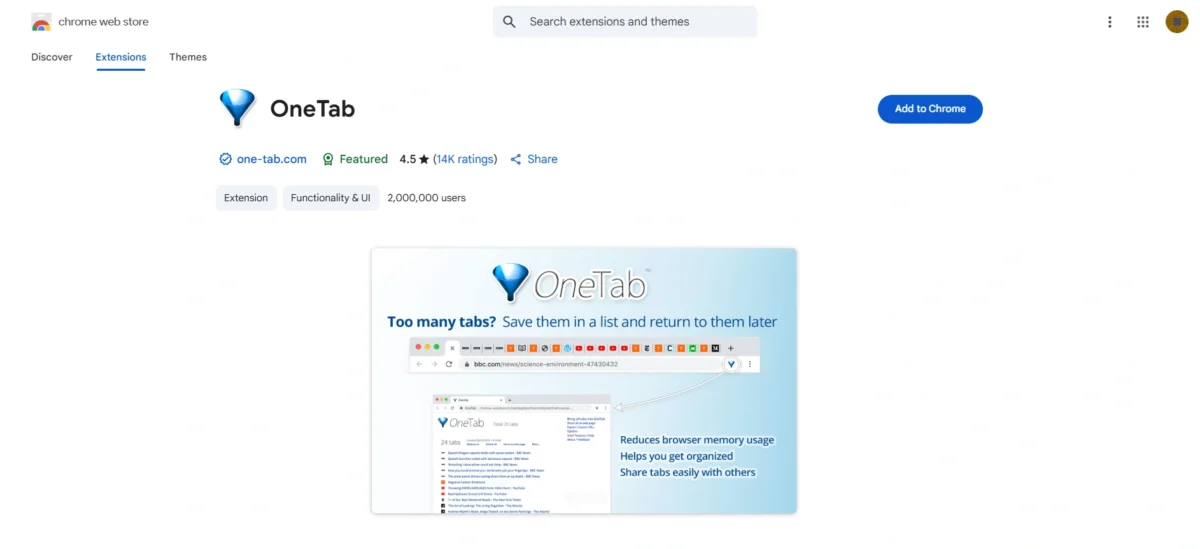
Conclusion
These 8 extensions aren’t just tools; they’re force multipliers that eliminate friction in your daily workflow. After implementing them across my team, the results were undeniable:
- Communication clarity soared (thanks to Loom’s video-first feedback),
- Development cycles shortened by 32% (via Requestly and Web Developer),
- Creative workflows became seamless (with ColorZilla’s precision),
- And mental fatigue plummeted (courtesy of Dark Reader and OneTab).
But the real magic lies in how you use them. Start small:
Pick 1-2 extensions that solve your biggest pain point today.
→ Tab overload? OneTab is instant relief.
→ Endless bug reports? Usersnap is your shield.
Over the next month, layer in tools that address adjacent challenges. Within 60 days, you’ll notice:
- Fewer context switches,
- Less frustration with repetitive tasks,
- And hours reclaimed for deep work.
Final reminder: Extensions are servants, not masters. Audit your Chrome toolbar quarterly. If a tool hasn’t saved you time in 90 days, remove it. Your browser’s job is to empower not encumber.



